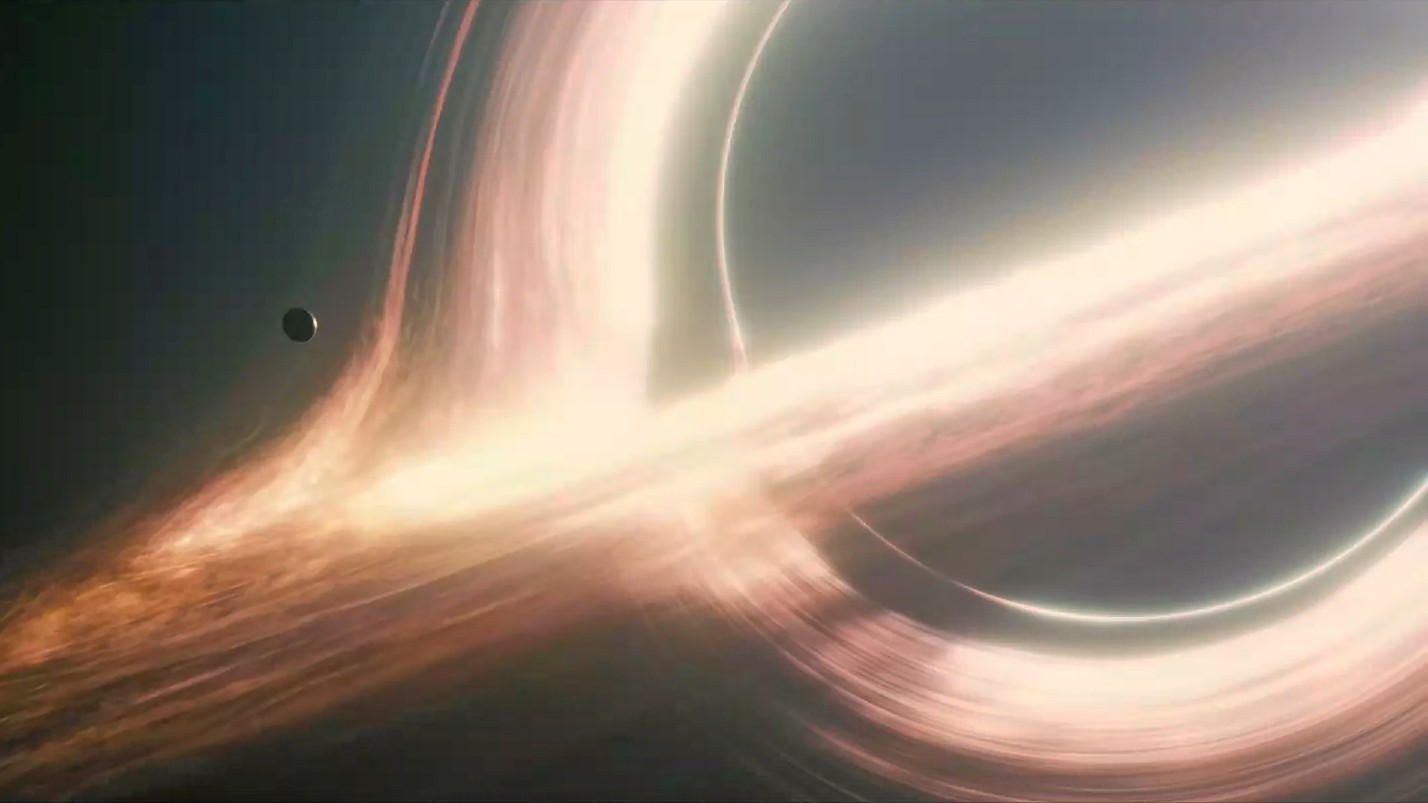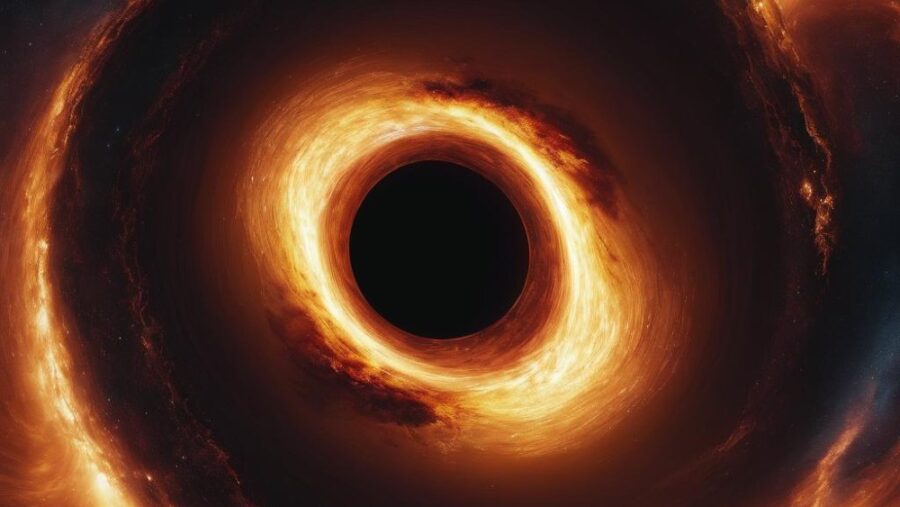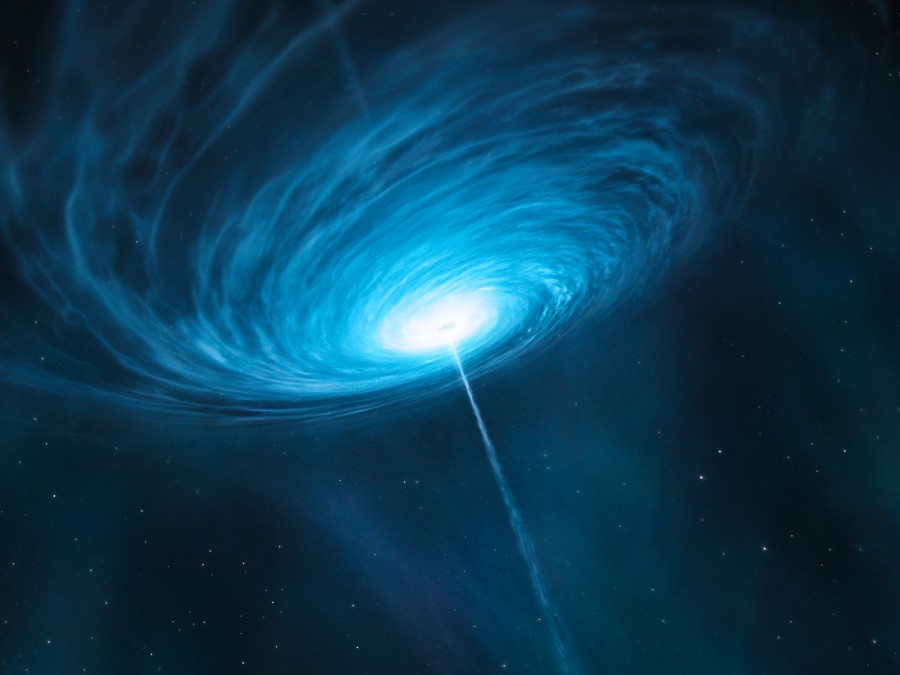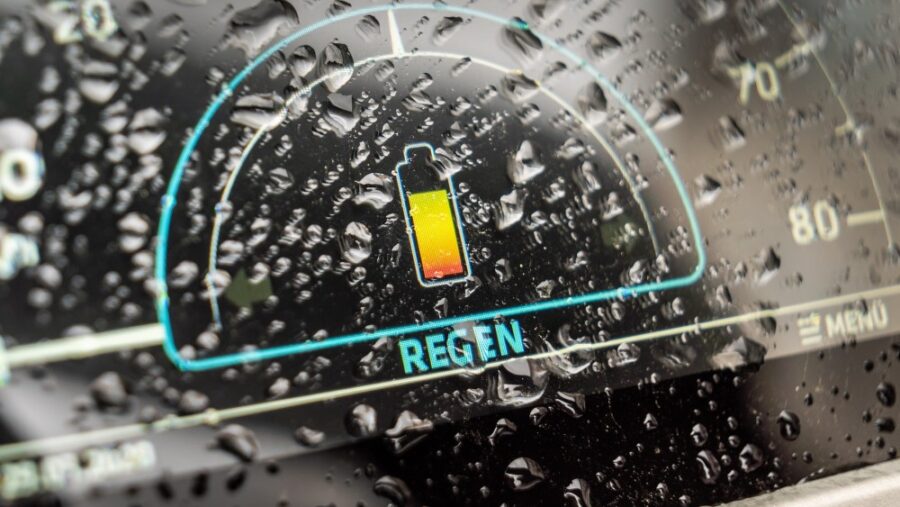Black Holes Can Be Turned Into Batteries?

What if we could use the inane energy of black holes as a battery to power processes here on Earth? Live Science dug into a theory that it could be possible to harvest energy from the rotation of black holes, but the practical use of black hole energy may be a bit more of a pipe dream.
What Is A Black Hole?

Black holes are extremely powerful events to run into out in the vast span of space. If you’re not already familiar with the mechanics of black holes, a black hole is a place in space/time where the gravity buildup is so powerful that nothing (not even light) can escape.
Extracting Energy From Black Holes

Zhan Feng Mai, a postdoctoral researcher at the Kavli Institute for Astronomy and Astrophysics at Peking University, recently published a study proposing two different ways it may be possible to use black holes as an energy source someday. Mai’s predicted processes utilize the rotational and gravitational properties of black holes to extract excess energy.
According to Zhan Mai, “We (researchers) know that we can extract energies from black holes, and we also know that we can inject energy into them, which almost sounds like a battery.” Mai proposed two different methods for transforming the power of black holes into a supercharged battery.
Charing The Battery

The first charging scenario proposed was to “charge” the black hole battery by tossing in massive, electrically charged particles. The black holes would suck in the added mass or the particles until it gained its own electrical charge and would then begin repelling any additional electrically charged particles. Einstein’s theory of general relativity says that mass can be seen as equal to energy, so the more mass is injected into the black holes, the more energy there is to harvest in the end. When the electromagnetic repulsion of the black holes is greater than the gravitational pull, then the black hole would be considered “fully charged.”
As Powerful As An Atomic Bomb

While researching this process, scientists estimated that the black hole “batteries” would be able to transform about 25 percent of the mass inputted into them into energy in the form of an electric field. In perspective, that would make the energy efficiency of a black hole battery around 250 times higher than that of an atomic bomb. The second method of harnessing the energy of black holes would mean collecting the Schwinger pairs. Schwinger pairs are paired particles that spontaneously form from the presence of an electric field.
After fully charging the black holes, the electric field that is formed near the event horizon (the point of no return/escape from black holes) might be overly strong and spontaneously create an electron and positron. Mai explained that a positron is similar to an electron, except it has a positive charge instead of a negative charge.
How Close Are We To Harnessing Energy From Black Holes?

If the charge of a black hole were positive, repulsion would cause a positron to be shot out of the black hole. Humans could then devise a method of collecting the excess positrons for use as energy. We may never see something like this happening in practice, but exploring the possibilities of energy production via black holes is a great way to delve into the mechanics of such astronomical anomalies.












